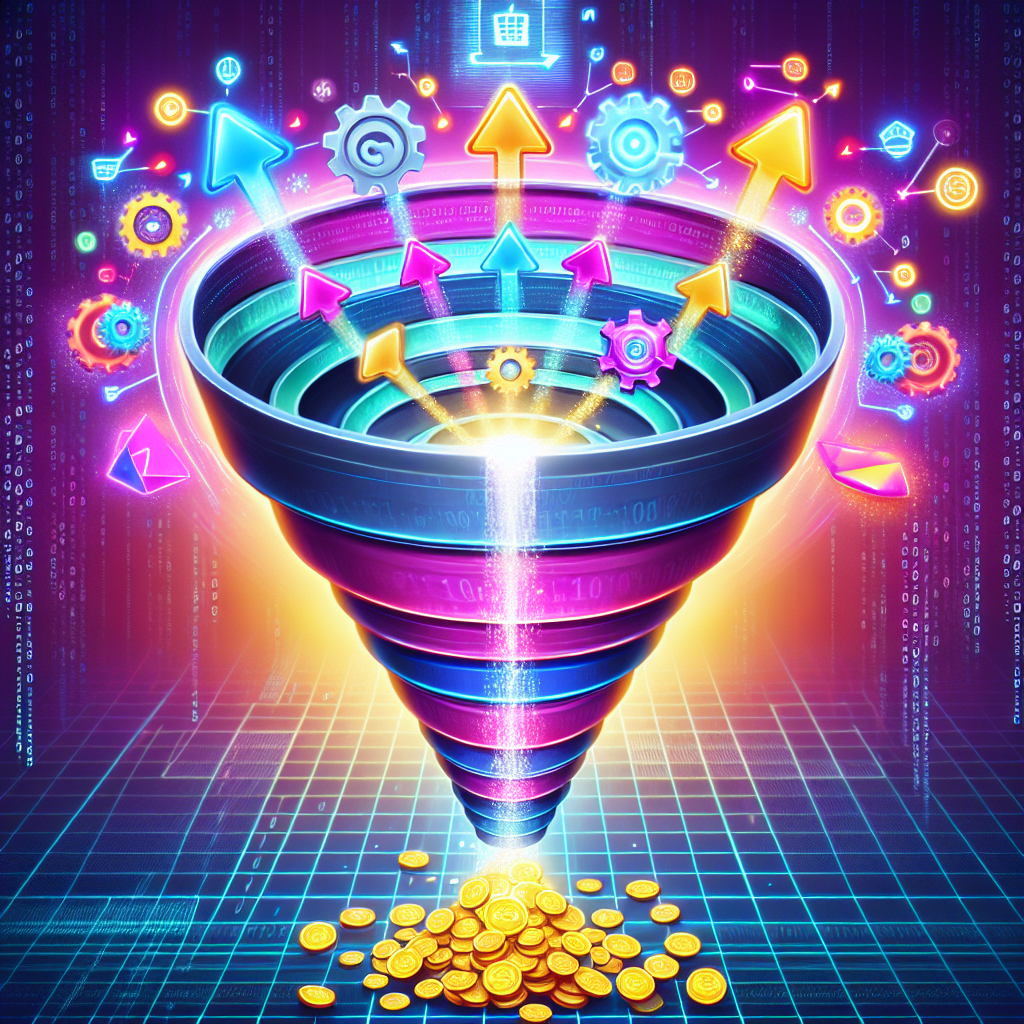Are you looking to maximize the effectiveness of your digital marketing efforts? Do you want to ensure that the traffic you generate through clicks actually translates into valuable conversions? If so, you’re in the right place. In this article, we’ll delve into the ins and outs of optimizing your digital marketing funnel to turn those clicks into conversions. From understanding the customer journey to crafting compelling calls to action, we’ll cover it all. So, without further ado, let’s get started!
The Digital Marketing Funnel: An Overview
Before we dive into the nitty-gritty of optimization, let’s take a moment to understand the digital marketing funnel. At its core, the funnel represents the journey a potential customer takes from initial awareness of your brand to making a purchase or completing a desired action. It typically consists of several stages, including awareness, consideration, and conversion. Each stage requires a different approach to ensure seamless progression toward the ultimate goal: conversion. Understanding the nuances of this funnel is crucial to optimizing your digital marketing efforts.
Understanding Your Audience
One of the key elements of optimizing your digital marketing funnel is understanding your audience inside and out. This means delving into the demographics, interests, pain points, and preferences of your target customers. By gaining a deep understanding of who your audience is, you can tailor your marketing efforts to resonate with them on a deeper level. This might involve creating buyer personas, conducting surveys, or analyzing data from past campaigns to glean valuable insights.
Creating Compelling Content
Content is the lifeblood of your digital marketing efforts. From engaging blog posts to captivating social media graphics, your content plays a pivotal role in moving your audience through the funnel. At the awareness stage, your content should grab attention and pique interest. In the consideration stage, it should provide valuable information and insights. And in the conversion stage, it should compel action. Crafting compelling content at each stage is key to funnel optimization.
Optimizing Calls to Action
When it comes to conversion, your calls to action (CTAs) are your best friends. The language, design, placement, and timing of your CTAs can make or break the conversion process. A clear, compelling CTA can nudge a potential customer from consideration to conversion in the blink of an eye. Experimenting with different CTAs, analyzing performance data, and A/B testing can help you fine-tune your approach and optimize your CTAs for maximum impact.
Conversion Rate Optimization: The Key to Success
Conversion rate optimization (CRO) is the process of refining and improving your digital marketing funnel to maximize the percentage of visitors who complete your desired action. Whether that action is making a purchase, signing up for a newsletter, or requesting a demo, the principles of CRO remain the same. This involves analyzing user behavior, identifying pain points in the funnel, and testing various strategies to eliminate barriers to conversion.
Utilizing Data and Analytics
Data-driven decision-making is at the heart of effective CRO. Leveraging tools like Google Analytics, heatmaps, and A/B testing platforms can provide valuable insights into user behavior, journey patterns, and conversion bottlenecks. By closely monitoring key metrics such as click-through rates, bounce rates, and conversion rates, you can identify areas for improvement and implement targeted optimizations to enhance your funnel’s performance.
A/B Testing and Iterative Refinement
A/B testing, also known as split testing, involves comparing two versions of a webpage, email, or ad to determine which performs better in terms of conversion. By testing elements such as headlines, images, colors, and CTAs, you can gain valuable insights into what resonates most with your audience. This iterative approach to refinement allows you to gradually optimize your funnel based on real-world data and user behavior rather than guesswork.
Personalization and User Experience
In today’s digital landscape, personalization is paramount. Tailoring the user experience to the individual preferences and needs of your audience can significantly impact conversion rates. Whether it’s recommending personalized product suggestions based on past browsing behavior or addressing customers by name in email communications, personalization adds a human touch to your digital interactions. Enhancing user experience through intuitive navigation, fast load times, and mobile responsiveness is also crucial to conversion rate optimization.
Conclusion
Optimizing your digital marketing funnel from clicks to conversions is a multifaceted endeavor that requires a deep understanding of your audience, compelling content creation, and meticulous CRO. By leveraging data and analytics, refining your CTAs, and personalizing the user experience, you can supercharge your conversion rates and drive tangible results for your business. Remember, the digital marketing landscape is ever-evolving, so continuous testing, learning, and adaptation are key to staying ahead of the curve. Now go forth and optimize with confidence!
Frequently Asked Questions
-
Q: What is the digital marketing funnel?
A: The digital marketing funnel represents the journey a potential customer takes from initial awareness of your brand to making a purchase or completing a desired action.
-
Q: How can I optimize my calls to action?
A: Optimizing your calls to action involves crafting compelling language, strategic placement, and A/B testing to identify the most effective approach.
-
Q: What is conversion rate optimization (CRO)?
A: Conversion rate optimization is the process of refining and improving your digital marketing funnel to maximize the percentage of visitors who complete your desired action.
